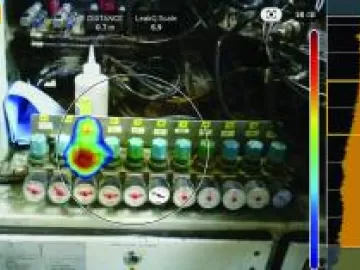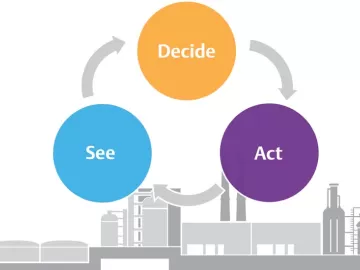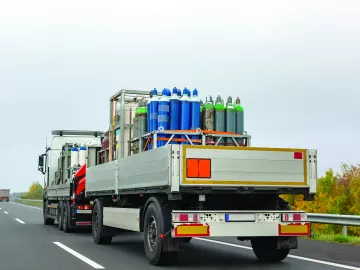Facility Evaluates Air Compressors to Increase Nitrogen Purity with Nitrogen Generators
Over the last two decades, there has been a significant increase of manufacturing facilities deciding to produce their own nitrogen on-site, using compressed air systems and nitrogen generators. They are choosing on-site nitrogen generation, instead of purchasing and receiving deliveries of nitrogen by the cylinder or having a “Nitrogen Over the Fence” supplier.











